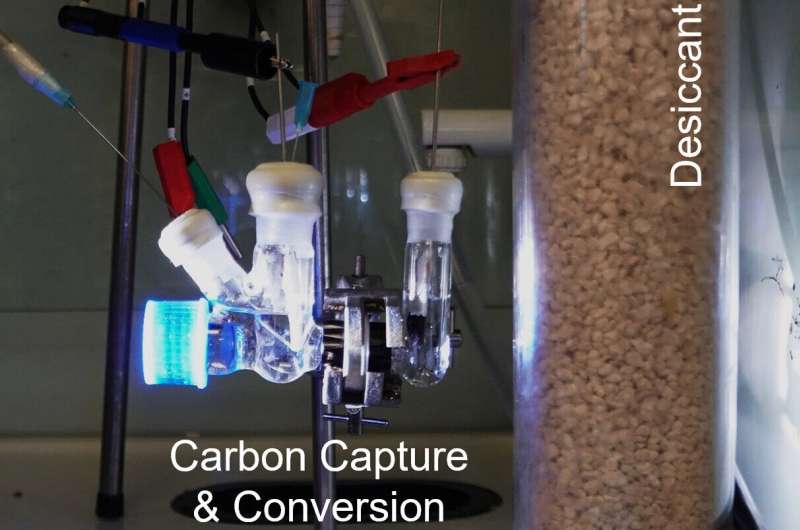There might be a lot that human beings can do well, but at the same time, there is little we do better than growing on a consistent basis. This tendency to improve, no matter the …
There might be a lot that human beings can do well, but at the same time, there is little we do better than growing on a consistent basis. This tendency to improve, no matter the situation, has brought the world some huge milestones, with technology emerging as quite a major member of the group. The reason why we hold technology in such a high regard is, by and large, predicated upon its skill-set, which guided us towards a reality that nobody could have ever imagined otherwise. Nevertheless, if we look beyond the surface for a second, it will become clear how the whole runner was also very much inspired from the way we applied those skills across a real world environment. The latter component, in fact, did a lot to give the creation a spectrum-wide presence, and as a result, initiate a full-blown tech revolution. Of course, this revolution then went on to scale up the human experience through some outright unique avenues, but even after achieving a feat so notable, technology will somehow continue to bring forth the right goods. The same has turned more and more evident in recent times, and assuming one new discovery ends up with the desired impact, it will only put that trend on a higher pedestal moving forward.
The researching team at University of Cambridge has successfully developed a solar-powered reactor, which is designed to convert captured CO2 and plastic waste into sustainable fuels and other valuable chemical products. To understand the significance of such a development, we must acknowledge how all solar-driven experiments in this area have, so far, used pure concentrated CO2 from a cylinder, but when applied in practical terms, they have showcased a need to actively capture CO2 from industrial processes or directly from the air. So, what has kept us from clocking the stated goal? Well, considering that CO2 isn’t the only molecule present in our atmosphere, it becomes a really difficult to extract the component in a wholly undiluted form.
“We’re not just interested in decarbonization, but de-fossilization—we need to completely eliminate fossil fuels in order to create a truly circular economy,” said Erwin Reisner, Professor at University of Cambridge. “In the medium term, this technology could help reduce carbon emissions by capturing them from industry and turning them into something useful, but ultimately, we need to cut fossil fuels out of the equation entirely and capture CO2 from the air.”
The researchers, in response, took an approach where they processed the air through the system containing an alkaline solution. This would play a pivotal role in filtering out gases like nitrogen and oxygen, therefore enabling carbon-dioxide to be selectively trapped for successive creation of sustainable fossil fuels.
Talk about this proverbial system a little bit, it is made from a photocathode and an anode. With two separate compartments in play, the device leverages one of them for capturing CO2 solution that gets converted into syngas. The other compartment, though, is dedicated entirely towards converting plastic into useful chemicals through the channel of sunlight.
“The plastic component is an important trick to this system. Capturing and using CO2 from the air makes the chemistry more difficult. But, if we add plastic waste to the system, the plastic donates electrons to the CO2. The plastic breaks down to glycolic acid, which is widely used in the cosmetics industry, and the CO2 is converted into syngas, which is a simple fuel,” said Dr. Motiar Rahaman, co-first author “Instead of storing CO2 underground, like in CCS, we can capture it from the air and make clean fuel from it.”
For the future, though, the researchers are working to conceive a bench-top demonstrator device with improved efficiency. The idea here is to highlight the benefits of getting CO2 and direct air capture methodology into a common mix and achieve what we hope would be a zero-carbon reality.




